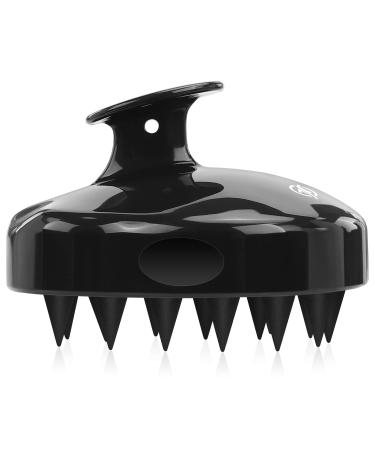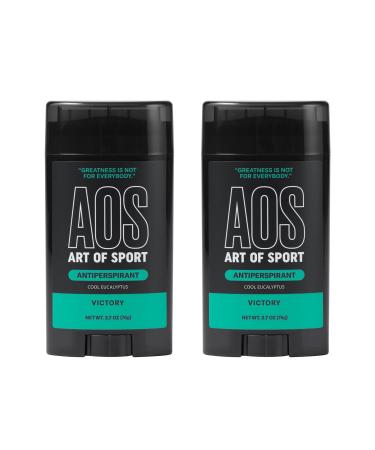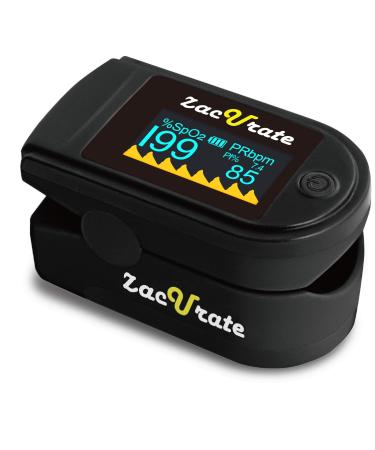The Adjustable heel lift is intended for use in closed-heel shoes under the insole or footbed, as you will be most comfortable if both feet rest on the original insoles or heel padding. The Adjustable Heel Lift is available in three sizes and can be trimmed to fit most shoes. While Adjustable lifts can be moved from one pair of shoes to another, they are best permanently left in place in one pair of shoes, to allow them to conform to the shape of the shoe.
If you ever wish to clean the Adjustable lift, for example to remove foot powder that adheres to it, simply wash it in water and a mild detergent and dry. You may separate the layers to wash it if you wish, and re-stack them after drying. This will refresh the self-stick quality that makes the layers adhere to each other.
To insert the heel lift in shoes that have a removable molded footbed such as running shoes, pick up the back of the footbed and place the lift under the insole or footbed in the rear of the shoe with the smooth side up.
For shoes of more traditional construction, where a leather insole is glued in place, you must first lift the heel pad portion of the insole; lift the rear of the insole slowly to pull it up from the glue without damage, then place the lift in the shoe under the insole and replace the insole on top of it. You may wish to have a shoe repairman place the lift in your shoes if you cannot easily lift the heel pad.
The lift is designed to stay in place in the heel pocket of your shoe, and will remain there in low-heeled shoes. It will not usually require adhesives to remain in place.
The Adjustable lift is supplied ready to use for 12 millimeters of elevation, or it may be set to a lower height; just remove as many layers as needed from the top. For example, for 9mm height, remove the three longest (top) layers.
To retain the length of the lift at 6mm or less, remove every other layer, rather than all layers from the top. This will also create a second heel lift, for free. If you find that you need more height, replace a layer on the top and it will adhere again. We suggest that new users of heel lifts gradually increase the height from 3mm up to the desired height by adding 3 layers each two weeks, to allow the user to become accustomed to the change.
Note that effective heel lift height is best measured at the point where the calcaneus, or "heel-bone" rests. This is at the widest part of the curve at the back of the lift. Each layer of the material is 1mm thick.
You can easily determine the effective height of a Adjustable lift by counting the layers from the front end to the center of your heel. The total number of layers in the lift will be two more than its effective height.
Customizing the Lift
The lift can be customized for shoe fit or other needs - just trim with scissors. If you need to trim several layers, a razor knife can be used, or you can separate layers for cutting and then re-stack them.
Pressure Point Relief
To relieve pressure on heel spurs, plantar warts or other sensitive areas of the heel, cut a hole in one or more of the upper layers of the lift directly under the point of painful pressure. The insole of the shoe will indent into this low spot as you walk, relieving pressure on the problem area above it.
The Adjustable heel lift provides varus/valgus wedging without any additional products in the shoe, and without changing the elevation of the lift, by trimming and rearranging layers. You can create variable angular correction of up to 5°. Most customization can be undone by replacing the pieces in their original positions.
The degree of angular correction varies with the number of layers changed and the width of the lift. Side-to-side change of 1mm will produce approximately 1° of angular correction on the Small size lift, and 2/3° on the Large. Note that the overall height of the lift is not affected by varus/valgus wedging, as the center of the calcaneus still rests on the same number of layers
This procedure takes far longer to describe than to accomplish; the short description is that you cut off a piece from one edge of the lift, and place it along the other edge to form a wedge. The details are:
- For one mm of angular correction, remove one of the upper layers of the lift, cut it down the middle, and remove one half. Round the corner.
- For two mm of correction, cut a layer one-third of the way from the edge, trim the small piece to shorten and round it, flip it over, and re-apply along the opposite edge.
- Three mm of correction is accomplished by modifying two layers; the second layer should be cut at the one-fourth point, rather than one-third. Trim to shorten and round the pieces before re-applying to taper the edge of the lift smoothly.
- For four mm, two layers must be cut, at one-fifth and two-fifths of the way across. Trim one piece shorter than the other to feather the edge.
- Five mm of lateral wedge requires adding one mm more correction (as in the first figure above) to the four mm correction.



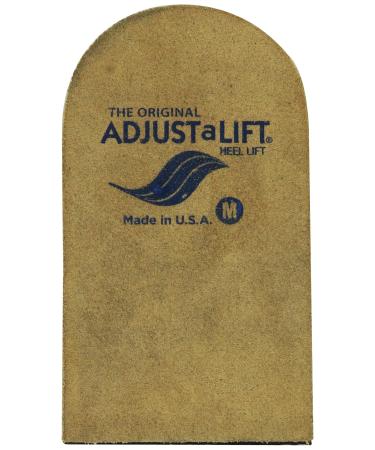

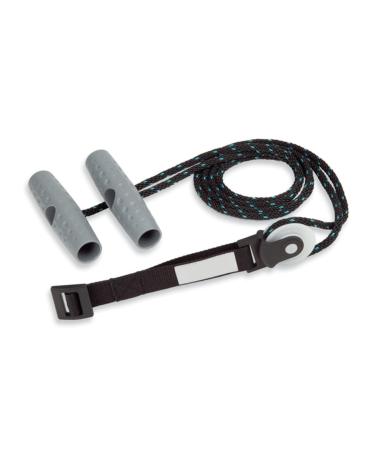
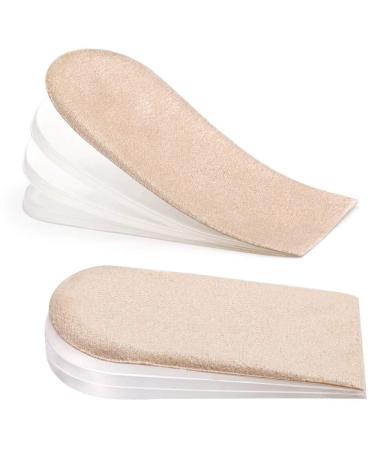
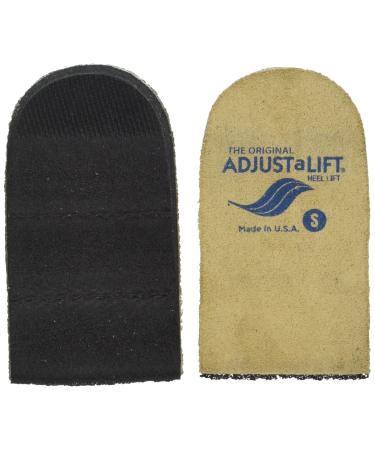
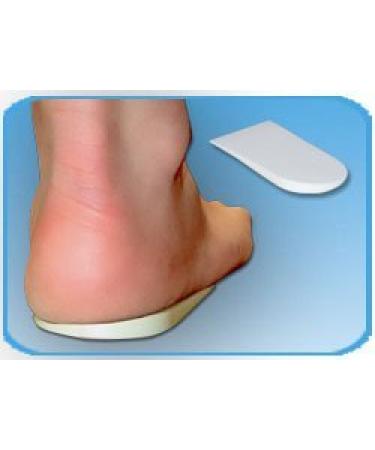
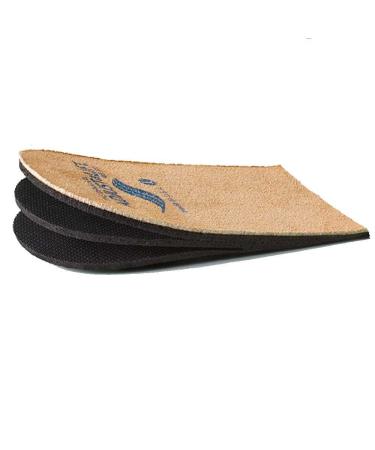
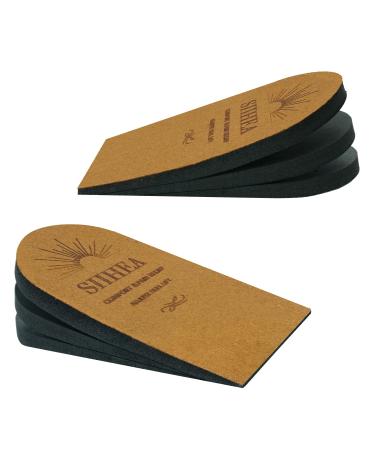
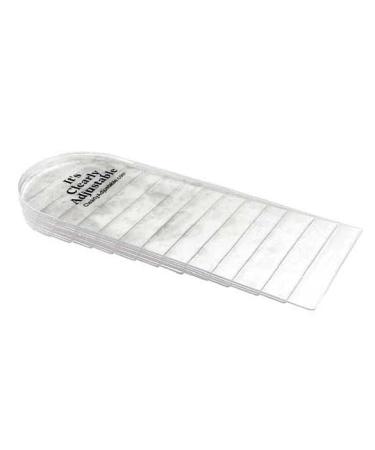
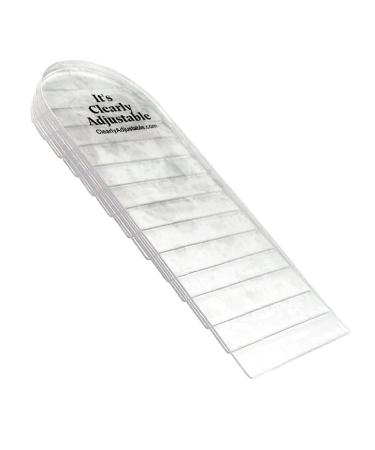

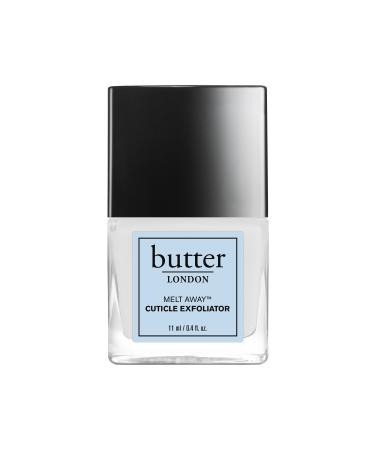
![Stewart Freeze Dried Dog Treats Made in USA [Single Ingredient Puppy and Dog Training Treats - Grain Free Natural Dog Treats] Resealable Tub to Preserve Freshness](https://www.gosupps.com/media/catalog/product/cache/25/small_image/375x450/9df78eab33525d08d6e5fb8d27136e95/6/1/61gwbbixarl._ac_sl1500_.jpg)

